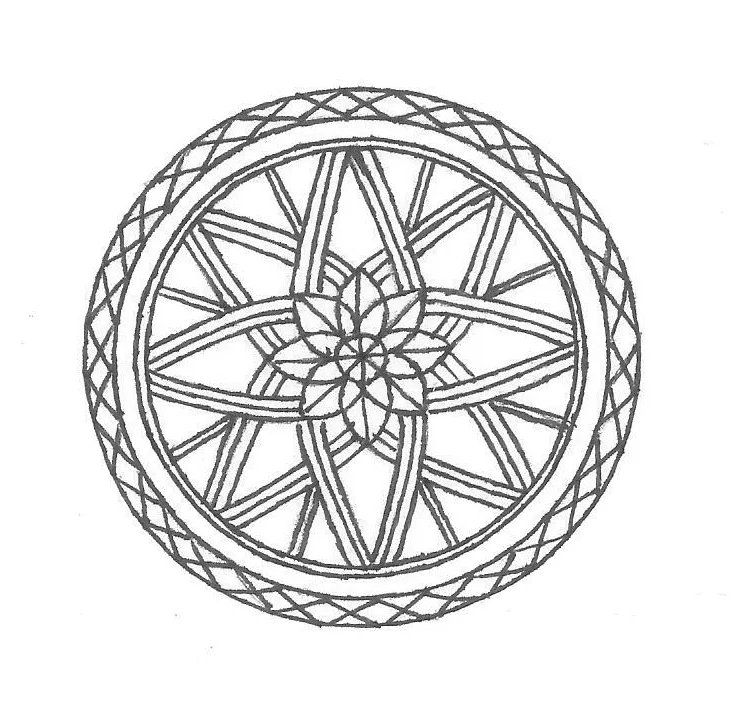One-piece Bosnian violin backs.
Carefully sorted, stacked and stored in a climate-controlled building.
Spruce for tops can be found throughout the Alps. But I work closely with the woodcutters to ensure that the runout – the split – is as true as possible, from one end of the billet of spruce to the other. This takes some searching, especially with cello tops. However, it’s crucial for the strength, resilience, and resonance of the finished top.
Cello tops, selected and ready to ship home.
A spectular maple cello back.
A pair of extremely rare one-piece quarter cut maple cello backs. And with them, matching viola backs. I alos have violin backs to match -- the wood for two quartets.
Within each set of tone wood there is a voice waiting to be heard; my job is to find it and bring it to life. It takes the finest select wood to make a great instrument. I find my wood in Germany from woodcutters who specialize in finding just the right trees for violin, viola, and cello wood. Some of the businesses go back generations; I’m now working with the son of one man I bought wood from back in the early Eighties. The maple I use for the most part comes from Bosnia.
Bosnian maple has been the most highly prized wood for musical instruments for centuries, sought after for its resonance, strength, and beautiful wide, deep flaming. The annular growth rings are almost invisible, meaning the trees grow extremely slowly under harsh conditions. Sadly, maple trees large enough for cello wood, in Bosnia at least, are gone. Luckily over the years I have acquired enough for sixty more cellos.
Bosnian maple is commonly found in the most beautiful instruments of the Italian Golden Period makers, such as Stradivari, Guarneri del Gesu, Bergonzi, and most of the Venetian makers. Domenico Montagnana seemed to have an inside track on it, for all the cellos of his (and most of the violins) I’ve ever seen are made from Bosnian maple of the most stunning figure. It makes sense, because Venice would have been the first stop for the wood on its way out of the Balkans.
A pair of deeply flamed Bosnian cello backs.
A cello back cut in 1976. The light patches are where I've been flattening the back -- in the end, there will be just enough left to carve a full arch.
I also use willow and poplar for cello backs. Both species were commonly used by the great Cremonese makers, and others of the Italian school. Willow imparts a deep, rich, darker quality. Poplar combines the best of both worlds – it has the dark richness of willow, but also the punch and brightness of maple.
A poplar cello back. The grain stands out more than maple and the figure is more subtle, with knots and birdseyes.
The unwrapped pallet of wood that I selected on a recent trip to Germany. Cello bassbars, neck blocks, ribs and backs.
Sorting the wood and matching the ribs, backs, and neck blocks into sets. The tops arrived separately.










